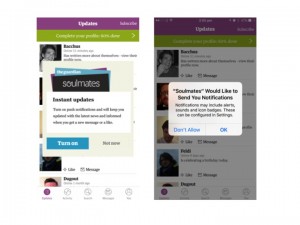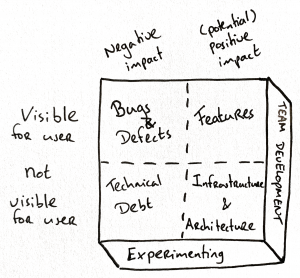The need for cross-device tracking is so acute that marketers are vulnerable to charlatans whose solutions are more hype than reality. Contributor Chuck Moran advises on the questions to ask and the considerations to weigh.

CMOs are charged with managing a brand’s relationship with consumers, but the CMO’s most tangible relationships are more likely with the partners and service providers that comprise their full tech stack.
Building, selecting, integrating and managing the right tech is the first step in understanding and interfacing with consumers. At best, both the advertising and marketing stack can help create more intimate understanding between brand and consumer. At worst, it can stand in the way.
Too often, the complexity of building and managing the stack is a huge barrier to success and a problem that leaves CMOs drowning in technobabble to the point where that authentic tie with the consumer is lost.
The most complex part of the stack
Some components of that full stack present more challenges than others. The ad tech portion — namely, the technology for managing and optimizing paid media — has only gotten more complex and labyrinthine as it has struggled to adapt to the rapid changes in advertising, namely the rise of mobile and programmatic.
Ad tech presents unique challenges in partner selection, and therefore, it is more likely to become a stumbling block in the relationship between brand and consumer. Marketers rely more on their ad tech partners than on other portions of the stack — such as email and CRM — where marketers tend to own the software they need to do their jobs. Ad tech is more dynamic, more hands-on and more of an integrated service offering. Hence the perpetual risk of headache.
How can CMOs rein in the complexity in partner selection? Adhere to these rules of thumb:
- Try to restrict yourself to as few strategic partners as possible.
- Emphasize those with cross-device and cross-platform capability.
- Make sure your partners work well together. While the CMO will always occupy the center of the full tech stack, interoperability among as few pieces as possible is the recipe for success.
Cross-device complexity
Let’s be clear about one thing: cross-device consumer behavior cannot be ignored. It’s simply the reality of how today’s consumers engage with brands, find out about products, and increasingly, how they buy products, too.
Developing a strategy for “mobile” isn’t really enough. Obviously, in an environment where consumers are spending three hours or so a day with their faces in their mobile devices, addressing this environment is critical. But it’s not as simple as introducing mobile as a new channel — it’s about understanding the interrelations, the switches, the differences and the points of connection between mobile, desktop, TV and everything else. Bottom line: the cross-device reality is complex, and it’s also non-negotiable for marketers.
Cross-device is also, like all challenges, a huge opportunity to get a more complete 360-degree view of the consumer and to make real gains in consumer engagement and conversion. Accurate cross-device data can provide immense insights into your target consumer’s habits and preferences, show you where they are in the purchase funnel and ensure that they’re getting messages in the right sequence, across the right platforms and at a frequency that’s still effective.
The new cross-device reality has generated a lot of chatter and a lot of hype — enough, indeed, to give marketers the sense that they need to master every aspect of the tech that enables it. Not so. Really, all the CMO needs is a way to evaluate a partner’s ability to master the tech and deliver on the promise.
Vetting a partner
The need for cross-device tracking is so acute that marketers are vulnerable to charlatans whose solutions are more hype than reality. One method of screening a partner is to ask for case studies and references from those case studies.
Those case studies should reveal a track record of reaching objectives like the ones you are contemplating. In addition, it’s crucial to determine whether theirs is a hands-off SaaS solution or whether it’s more of a managed solution in which connection with their company employees is required.
If it’s the latter, thoroughly understanding the level of service needed and offered is essential, as is vetting whether there is a cultural fit, since you’ll be spending a lot of time with these people.
Another consideration is which measurement technique they use. Measurement is a major challenge for marketers, and an ad tech/martech stack that uses disparate measurements and methods is a recipe for frustration and waste.
The bottom line
Ideally, the stack should make it easier for marketers to communicate with consumers and nurture the relationships. However, many get bogged down with vendors within the stack, which is counterproductive.
One simple rule of thumb might be this: If you’re spending more time talking to your partners than consumers, then it’s time to make a change.
Some opinions expressed in this article may be those of a guest author and not necessarily Marketing Land. Staff authors are listed here.
About The Author
Marketing Land – Internet Marketing News, Strategies & Tips
(76)








